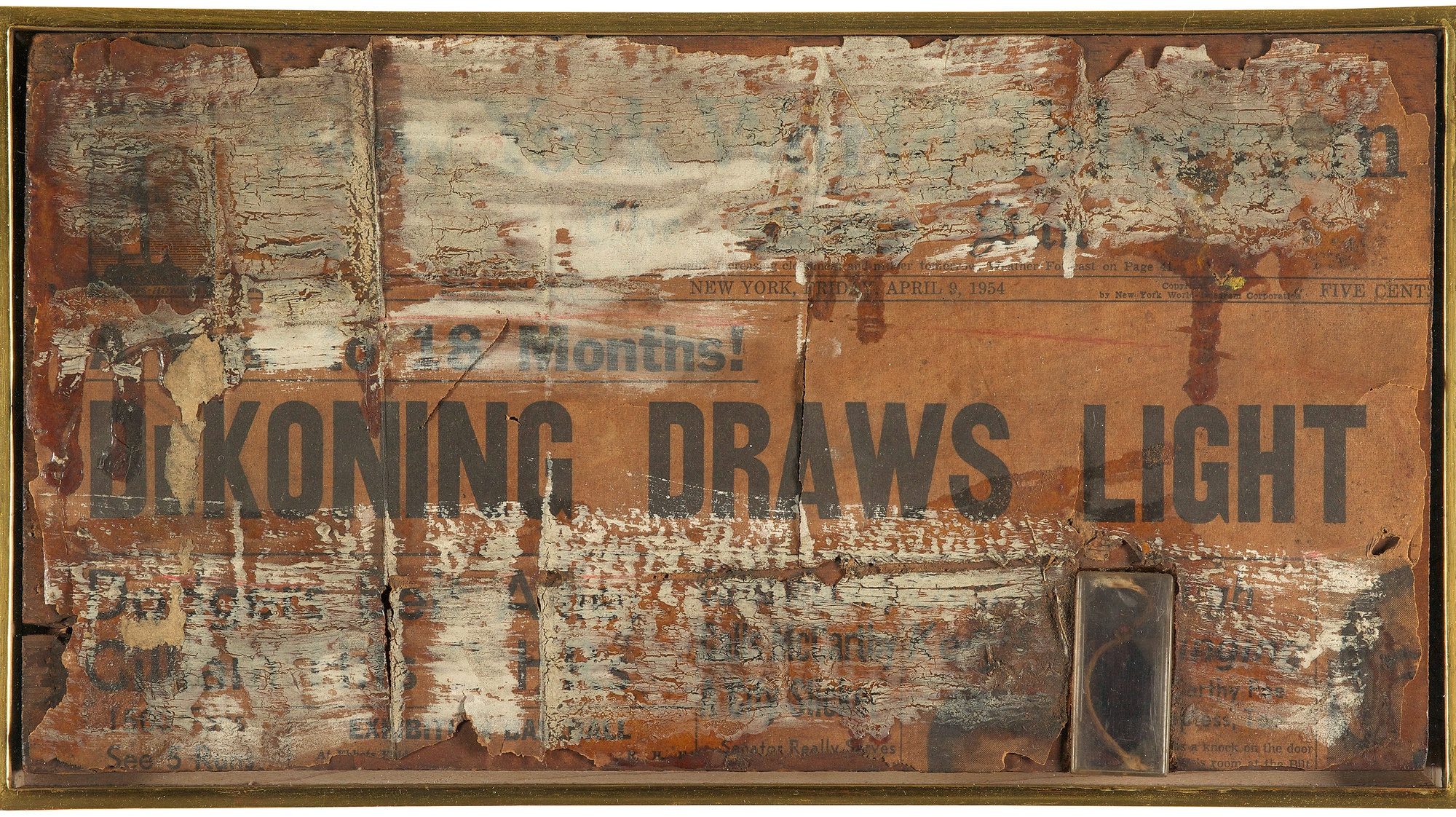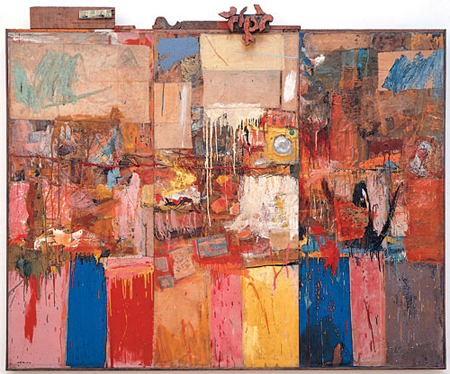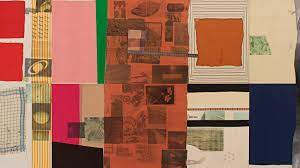From an article in the WSJ by Barbara Rose
Robert Rauschenberg, whom many, including this writer, believe to be the biggest innovator in art after Jackson Pollock, died on Monday at age 82, an acknowledged hero of the avant garde. The passings of these two artists could not have been more different. Pollock careened to his death in a fatal 1956 car crash at age 44. Rauschenberg, to paraphrase Dylan Thomas, did not go gently into that good night. Paralyzed by a stroke, like his own hero de Kooning, he continued to work until the end of a long and productive life. From a wheelchair in his beachfront studio in Captiva, Fla., where he had retired from the New York art scene in the late 1960s, he selected images from the vast archive of his own photographs and, working with the aid of assistants, continued to turn out a steady stream of canvases and sculptures. Nor did he let the stroke keep him from attending openings and festivities.
The Wikipedia entry as it read on Sunday, 18 May, 2008 and some images follow:
Wikipedia
Robert Rauschenberg (born Milton Ernst Rauschenberg; October 22, 1925 – May 12, 2008) was an American artist who came to prominence in the 1950s transition from Abstract Expressionism to Pop Art.[1][2]
Rauschenberg is perhaps most famous for his “Combines” of the 1950s, in which non-traditional materials and objects were employed in innovative combinations. While the Combines are both painting and sculpture, Rauschenberg has also worked with photography, printmaking, papermaking, and performance. Rauschenberg had a tendency to pick up the trash that interested him on the streets of New York City and bringing it back to his studio to use it in his works. He claimed he “wanted something other than what I could make myself and I wanted to use the surprise and the collectiveness and the generosity of finding surprises. And if it wasn’t a surprise at first, by the time I got through with it, it was. So the object itself was changed by its context and therefore it became a new thing.”[3]
In 1953, Rauschenberg stunned the art world by erasing a drawing by de Kooning. [4] In 1964 Rauschenberg was the first American artist to win the Grand Prize at the Venice Biennale (Mark Tobey and James Whistler had previously won the Painting Prize). Since then he has enjoyed a rare degree of institutional support. Rauschenberg lived and worked in New York City and on Captiva Island, Florida until his death on May 12, 2008, from heart failure.






